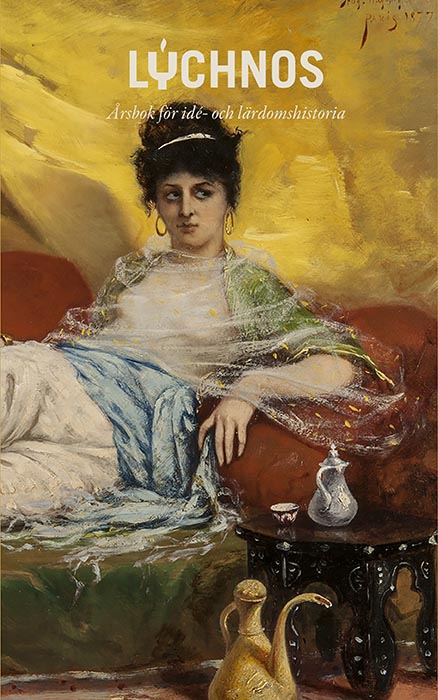Förhöjd sanning
Skönhet, smink och samhällsordning, 1720–1820
Nyckelord:
Beauty, face-painting, cosmetics, women, eighteenth centuryAbstract
In this article on the critique of face painting in Sweden during the 18th and early 19th century, I argue that face painting was a part of the visualization of a gendered social order. I conceive the critique and the growing emphasis on women’s natural ability to please men as a consequence of the growth of sociability. A main point is that the explicit critique of face painting in printed texts such as Swedish journals, stage plays and essays on behaviour and morals was based on its implicit acceptance, as long as it was contained to younger women of the middling sorts, as well as within the dominant ideal of beauty, the Petrarcan tradition of red and white
I also claim that the ideal of the natural within the critique may seem paradoxical to a modern reader, since it demanded a substantial amount of dissimulating work. Natural beauty was the consequence of an ongoing work on behalf of the urban woman, an effort that separated her from the crude nature of the lower elements of society. Face painting stood in a complex relation with a double physiognomy, which explained two different truths: the widespread conception that the face was the window of the soul, and the likewise widespread idea that the hierarchic order of society was legible in the faces and appearances of its different members. Within the ideal of natural beauty, face painting thus became a tool for disciplining young women. The new, more heterogenic social life created possibilities for women to take on public roles, which lead to an increased wish to discipline them and emphasize their subordinate and complementary position through a strengthened rhetoric of natural beauty.
Downloads
Publicerad
Nummer
Sektion
Licens
This work is licensed under a Creative Commons Attribution 4.0 International License. The copyright for the work published in Lychnos remains with the authors.


